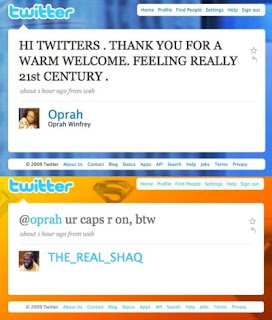880 Online Marketers recently participated in a social media survey. The purpose of the survey was to understand how Marketers are using social media to promote and expand their businesses.
A few fast facts from the survey results:
-88% of survey responders indicated they were using social media for business purposes.
-The top 4 most popular social media sites for business were: Twitter (86% used), Blogs (79%), LinkedIn (78%) and Facebook (77%).
-Over 60% of Marketers who have been using social media for years claim that it has helped them close business.
-Men utilized video sites, such as YouTube, for marketing purposes much more frequently than women do (52.4% of men vs. 31.7% of women).

So now we know that social media offers tangible benefits to Marketers, but it does have a downside. Social media marketing, while free (or at least cheaper than other channels) is time consuming. The majority (64%) of marketers spend 5+ hours per week on it, while 39% spend 10+ hours per week. But anything worth doing is worth doing well, right? Sorry, you can't just buy one of those off the shelf systems claiming that you can get 20k followers in 2 weeks, just by using a spam bot.
One last nugget from the survey...72% of Marketers have either just started or have been using social media professionally for only a few months. So, if you are a small business owner/marketer, don't worry. You haven't missed the boat. But I hope this report has convinced you that the time to start leveraging social media for business is now. And if you have started using it, please leave a quick comment so that others can learn from your experience.
For more information see:http://www.whitepapersource.com/socialmediamarketing/
Read More»







